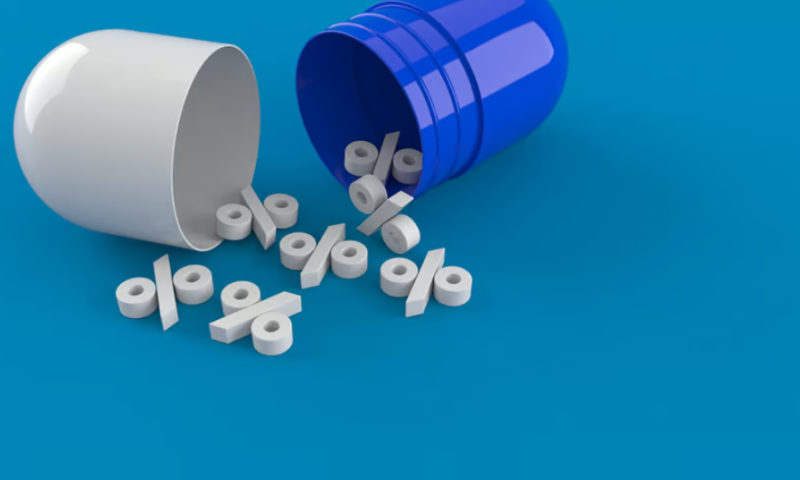It’s been six months since Johnson & Johnson’s overhaul of its infectious disease and vaccine units went into effect, and it appears that cuts to the portfolio have yet to stop.
The company posted a significantly slimmed-down pipeline for the unit Thursday morning ahead of a third-quarter earnings call, shaving off all hepatitis work and additional assets targeting HIV and influenza. All that remains are approved HIV treatments Cabenuva and Edurant, vaccines for COVID, E. coli and ebola, as well as Remicade as a treatment for COVID.
The Big Pharma is, so far, also keeping hold of its dengue antiviral, JNJ-1802, according to this morning’s documents, but it is no longer listed alongside a specific indication. Trials testing the asset against dengue remain ongoing, although one challenge trial was suspended in February due to enrollment issues stemming from the COVID-19 pandemic.
The company said in a statement that it “completed a prioritization of its research and development (R&D) investment” in the first and second quarter of the year, which primarily impacted the development of HIV and hepatitis therapies, along with the company’s adult RSV candidate. J&J will “continue to provide access to our marketed HIV products.”
“We leverage our expertise to take on entrenched threats, such as tuberculosis and leprosy, and expanding threats, like dengue, including our pan-serotype dengue antiviral, JNJ-1802,” according to the statement. A spokesperson clarified that JNJ-1802 remains indicated for prophylaxis.
Some quick topline math so far in 2023: At the end of the first quarter, the newly combined infectious disease and vaccine unit had 14 assets in development; that’s now been halved to seven. The latest cuts come after J&J elected to move on from its respiratory syncytial virus (RSV) vaccine in late March after considering its options for the program earlier in the year. And while the COVID-19 vaccine is still in the company’s pipeline, executives told staff in late January that work was winding down on that product as well.
It was in that all-hands meeting that Janssen—the company’s pharmaceutical wing—announced that longtime infectious disease chief James Merson, Ph.D., would be departing. He told staff at the time that macroeconomic pressures were forcing the massive R&D reassessment.
“We’ve learned that we can’t and shouldn’t do everything,” he said at the time. Penny Heaton, M.D., who was tapped to lead the merged units, disclosed then that layoffs would be impacting team members around the globe, though the company has yet to disclose how many jobs were impacted.
On the earnings call, Jessica Moore, J&J’s vice president of investor relations, noted that pharmaceutical margins had improved thanks in part to “R&D portfolio prioritization.” The company’s R&D spend in the third quarter increased slightly by 3.4% from $3.7 billion to $3.82 billion, though that was still a reduction in the share of R&D spending compared to earnings. The company said it was increasing its pre-tax operating margin guidance due to “expense management.”
The development cuts to the vaccines and infectious disease portfolio correlate with a significant reduction in earnings, with infectious disease sales seeing a 14.8% reduction in earnings worldwide compared to the same period last year. That’s due in large part to sales of the company’s COVID-19 vaccine falling off a cliff, to the tune of a 47.7% reduction compared to the second quarter of 2022. The only other segment to report a year-over-year reduction in earnings was the cardiovascular, metabolism and other related diseases space.

